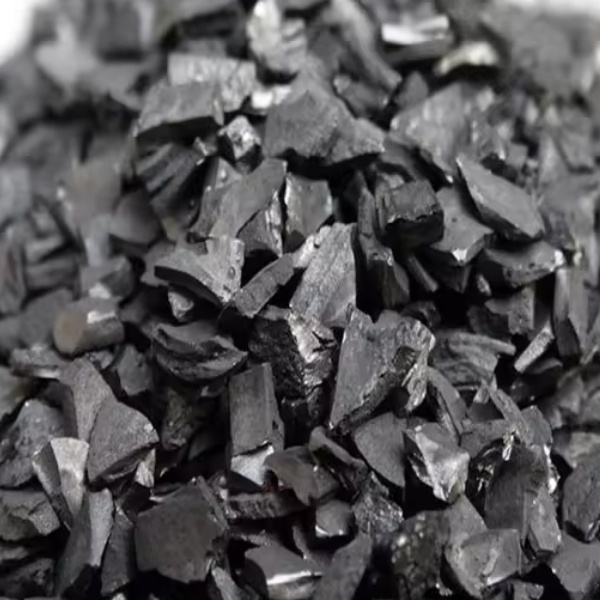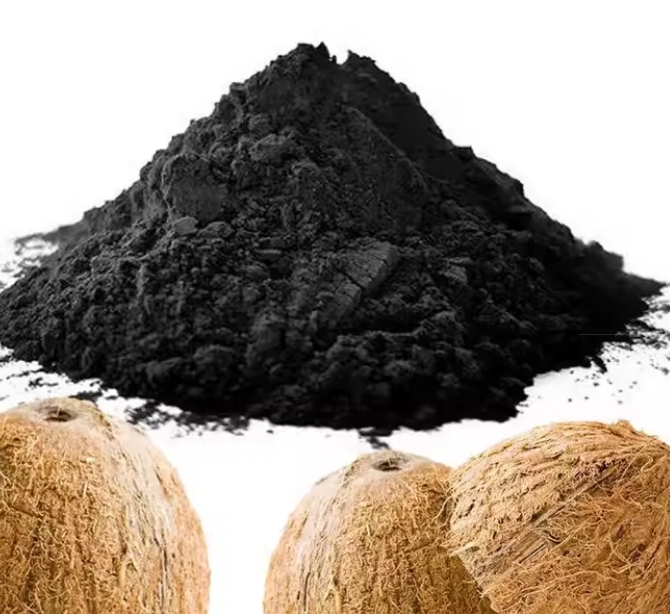Activated carbon, also known as activated charcoal, is a form of carbon that has been processed to have small, low-volume pores that increase the surface area available for adsorption or chemical reactions. It is used in a variety of applications including water purification, air filtration, and industrial processes. Coconut shell activated carbon and common activated carbon differ primarily in their source materials and certain characteristics that result from these materials. Here’s a comparison:
Coconut Shell Activated Carbon
1.Source Material:
Made from coconut shells, which are a renewable and environmentally friendly resource.
2.Pore Structure:
2.1.Typically has a higher micro-pore volume and a higher surface area.
2.2.More suitable for adsorbing smaller molecular size compounds, making it effective for air and water purification.
3.Hardness:
3.1.Generally harder and more resistant to abrasion compared to other types of activated carbon.
3.2.Leads to a longer life span and higher resistance to attrition.
4.Purity:
4.1.Contains fewer impurities and ash content.
4.2.Provides better performance in applications requiring high purity levels.
5.Cost:
Often more expensive due to the higher quality and better performance characteristics.
Common Activated Carbon
6.Source Material:
Made from a variety of carbonaceous source materials including coal, wood, peat, and other biomass.
7.Pore Structure:
7.1.Pore structure varies depending on the source material and activation process.
7.2.Can have a mix of micro-pores, meso-pores, and macro-pores, making it versatile for different applications.
8.Hardness:
8.1.Hardness can vary; generally, coal-based activated carbon is harder than wood-based activated carbon.
8.2.May have a shorter lifespan compared to coconut shell activated carbon.
9.Purity:
May contain higher levels of impurities and ash content, which can affect performance in certain applications.
10.Cost:
10.1.Generally less expensive than coconut shell activated carbon.
10.2.Widely available and can be produced from less costly raw materials.
11.Applications
11.1.Coconut Shell Activated Carbon: Preferred for applications requiring high adsorption capacity for small molecules, such as water and air purification, gas masks, and certain medical uses.
11.2.Common Activated Carbon: Used in a broad range of applications including water treatment, industrial processes, air purification, and decolorization in food and beverage industries.
The choice between coconut shell activated carbon and common activated carbon depends on the specific requirements of the application, including the type of contaminants to be removed, required purity levels, and budget constraints.



